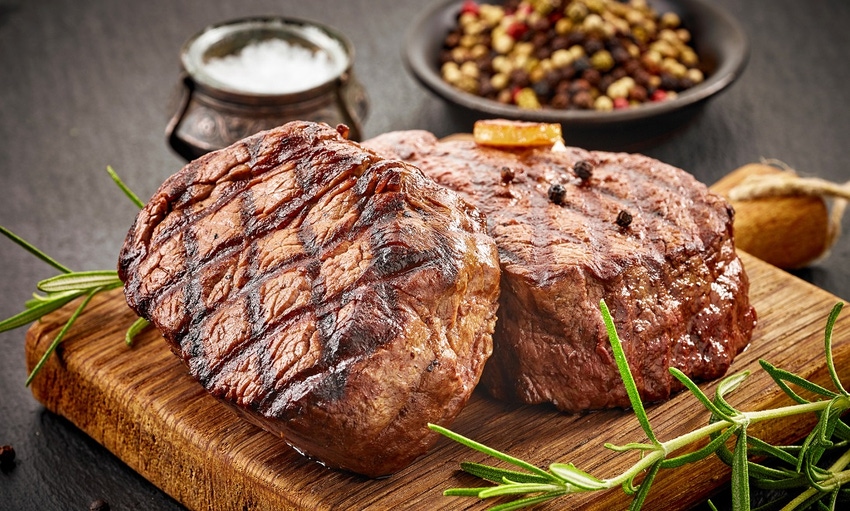
In this issue, don’t miss the featured commentary called, “What are big carcasses doing to the future of the beef industry?”
It’s an important read by a meat scientist at Texas A&M about how the huge carcasses produced by our industry are potentially hurting beef demand.
Of course, this is an issue we’ve written of at Beef Producer many times over the years, and from many directions. We have hammered repeatedly on the need for more efficient cows that can produce more beef from the entire investment, measured ultimately as net profit. But we’ve also written before about how retailers are trying to market middle meats by cutting in half ribeyes, taking off the cap muscle, and other less-than-ideal remedies for the oversize steak problem. The difficulty with oversized steaks was, in fact, named as a problem in the most recent beef quality audit.
My complaint with the commentary is this: First and foremost, the author says large carcasses are “economically necessary for producers.” He may be right that packers think huge carcasses are necessary, because theirs is a numbers game, where more total meat for every cut of the saw and slice of the knife decreases costs. He might be right about feeders, who are in the game of selling corn and cattle management, so longer feeding periods can produce more income. It’s possible he’s right about stocker operators and backgrounders, who value the simple addition of pounds and aren’t worried about grade or what kind of weight they are putting on, so long as it’s weight (muscle and bone is all the same to them). But he surely is not right about the cow-calf operator, who needs net profit per acre and per ranch, produced at extremely low costs so he gets a good return on his entire investment. Instead, the cow-calf producer has been sold the bill of goods that big cows produce big calves and big calves make more money.
The solution will lie somewhere in a compromise.
About the Author(s)
You May Also Like




